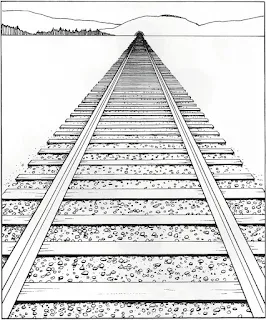 |
The most vigorous quince are outgrowing their protection. This variety is called 'Skorospelka'. So far Skorospelka and Pigwa S-1 are the most vigorous quince while Tashkent is the least vigorous. I did not have enough Claribel takes (I only grafted two) to make a judgment on its vigor. In hindsight I should have grafted more Claribel because it is reputed to have the best quality of the six or seven I grafted this year. The upside is that I did graft a bunch of Tashkent which is the second most highly rated quince for quality.
|
 |
| I make cages out of 24" wide chicken wire (poultry netting). |
 |
| I don't measure them out but they usually end up five or six inches in diameter...so the piece in-the-flat would be fifteen to eighteen inches long. I twist three loops together as shone in front of my palm. I do this high, low and near the middle. |
 |
| I bend one of the loops at the top and one at the bottom inward and then spear the stake through them. |
 |
| I position the stake so it is on the upwind side (assuming prevailing wind directions). That way there is less risk of the wind batting the cage against the tender graft or new shoots. |
Bonus picture
These are two pear leafs. The top leaf is from a European Pear (
Pyrus communis) and the bottom leaf is from an Asian Pear (Pyrus pyrifolia). Quite a drastic difference in size.
One way to create the illusion of great depth in the landscape (even if the lot is very shallow) is to plant a coarse, large-leaved specimen in the foreground and finer, smaller leaved plants in the background.
An example would be of planting a fig tree or weeping mulberry in front of a backdrop of bamboo or
Salix "Rubikins" or
Salix purpurea "Nana" or Switch grass "Thundercloud".








Good news on the grafts! :-)
ReplyDelete